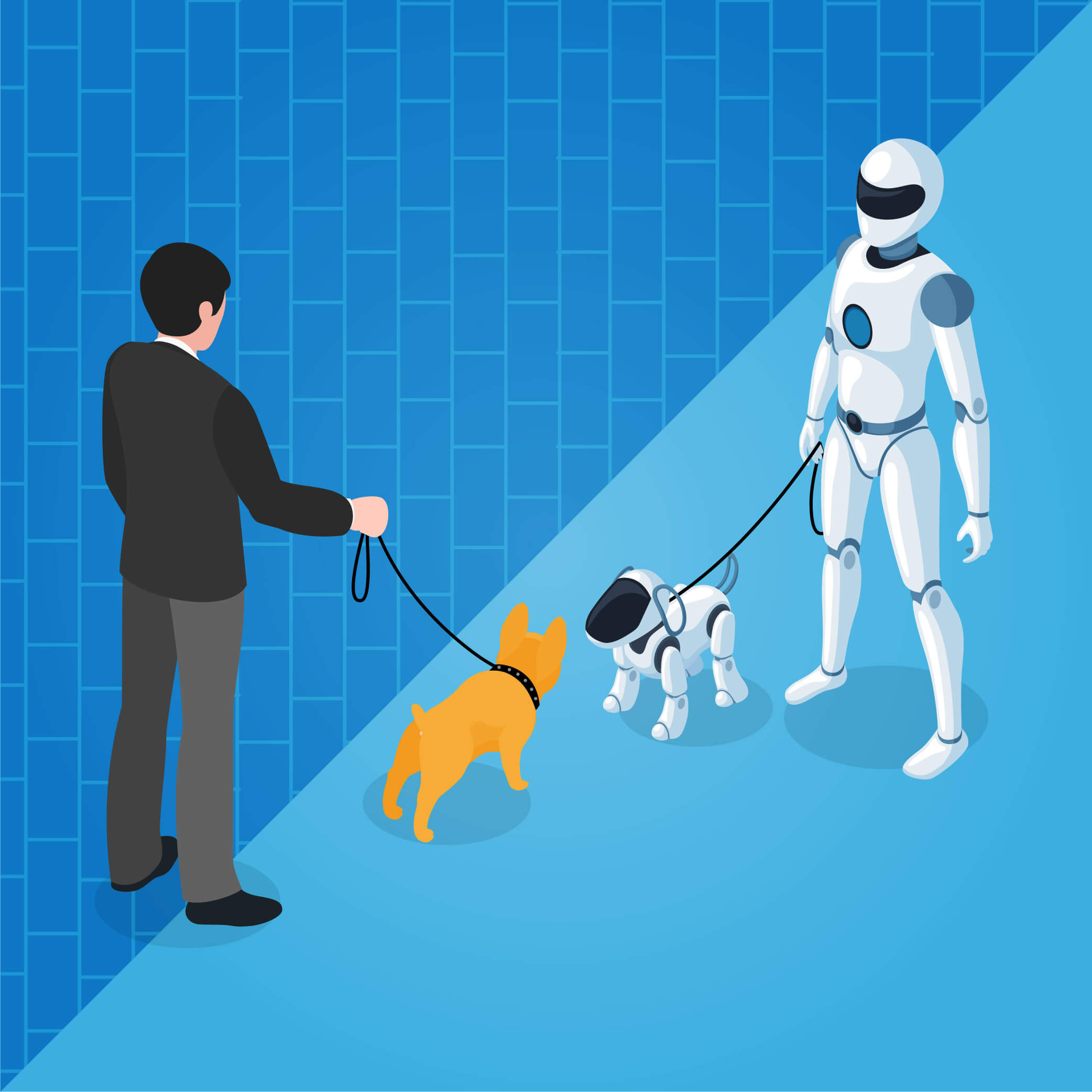6 Ways Your Cloud-Based Time Tracking System Can Make a Difference
The global time tracking software market was valued at USD 425.32 billion in 2019. It is expected to reach USD 1785.36 billion by 2026. This period projects a CAGR of 22.36%.
The onset of the pandemic last year resulted in a major shift, business processes were performed. A huge portion of the global workforce shifted to remote work. Conventional biometric devices, punching machines, and employee ID swipes became obsolete. The inevitable need for a viable solution was realized.
So, are you one of those companies that rely on pen and paper to track employee time and attendance? Though you may manage to find a solution by using manual methods to get things done, these inefficient solutions fail to scale and support your growth in the long run.
How about adopting a flexible, scalable, and user-friendly interface to untangle the complexities of your employee time tracking system? That’s a cloud-based attendance tracking system alright! Let’s delve deeper into this.
Before we get into the intricacies, let’s begin with understanding the difference between your conventional and a cloud-based timesheet system.
Cloud-Based Vs Conventional Time Tracking System
Cloud-based systems run on the internet and you can access them through your browser. However, conventional tracking systems run on your company's local server. Access to this interface is confined to only location-specific employees. Ideally, an administrator has primary access and restrictions to access are levied based on proximity or authorization. To put it simply, if you aren't available in the office facility, you can't access it.
On the other hand, cloud-based systems run on a centrally located data center. You can access information from anywhere irrespective of your geographical location.
Having said that, we have consolidated a few points about how choosing a cloud-based time tracking system helps your business make the difference.
1. 24/7 Availability
Traditional time tracking systems are not available when the lights are off. If you are a business with a focus on services/products across time zones, have a distributed workforce, or maintain a hybrid employee workforce, adopting a cloud-based employee time tracking software is a good idea.
Cloud-based time trackers offer access, independent of time. Whenever you have your employees working, you can have your time tracker active.
2. Location Independence
When your time tracking system is working in the back corner of your warehouse, you may find it hard to get to.
If you want to replicate your traditional tracking systems to servers in other locations too, it may involve hidden expenses. This encompasses infrastructural costs along with the need to provide ongoing technical IT troubleshooting.
On the other hand, cloud-based employee time tracking systems are out-of-the-box. They provide you with location independence without added expenses. Moreover, this centralized accessibility enables simultaneous edits, review, and file sharing irrespective of the user’s geographical location. These capabilities ensure collaboration, demonstrate transparency, and boost teamwork even when your team works from a remote or distributed environment.
3. Scalability
It is most important for your business to be able to flex based on industry demands. This may be difficult when you use a legacy time tracking system. You will need to burn your pocket due to ongoing technical support and maintenance costs every time you decide to increase the capacity/capabilities of your time tracking system.
However, in the case of a cloud-based time tracking system, you pay-as-you-use. That is, you aren't billed a flat monthly fee but pay based on the number of users.
For example, consider a scenario wherein you hire employees on a contingent basis for your team. You will not need to work on upfront costs for the time tracking system. You may simply add additional users to your cloud-based time tracking system. This capability allows you to grow with the increasing needs of your business.
Furthermore, if you need to scale down to your initial capacity of users, you are allowed to do that too. You will simply need to pay based on the number of users provided access to the cloud-based time tracking system, helping you to stay on budget.
4. Disaster Recovery
Disasters can be natural due to a hurricane or due to manual errors like an unexpected technical malfunction. Regardless of the reason, your business must bounce back to normalcy at the earliest. This is because, a disaster may result in loss of data/revenue, interruption in business operations, or even a complete operational shutdown.
However, cloud-based systems maintain a data backup and help you resume operations promptly even after an unprecedented crisis. This can also help control the amount of downtime caused due to the disaster.
Therefore, when you implement a cloud-based time tracking system, you can rest assured that your sensitive information about employee attendance and their efforts is backed up and can be recovered even in the case of a disaster.
5. Cross-Platform Integration
Yet another commendable capability of cloud-based time tracking is its ability of payroll integration. For example, ArcTime tracker allows the integration of Denali payroll , a cougar mountain software product. This kind of integration helps in time optimization, chances of avoiding manual errors, and helps save time.
6. Built-in Security
Data threats are a huge risk for businesses. More so with time tracking systems that have critical employee information. You may hesitate to adopt a cloud-based tracking system due to fear of loss of data when moving to the cloud. But, you should know that cloud-based systems come with layers of sophisticated security. This technology uses encryption and authentication techniques. Also, physical security includes access controls and the implementation of multi-level authentication.
Further, your business must use the latest version of the cloud software. Updates are performed regularly. They contain patches that plug weaknesses and protect your system from emerging threats.
If you are using a legacy system, you may not keep track of these updates and your system security may take a backseat.
However, this concern is taken charge in the case of a cloud-based system. Your cloud-based time tracking system is updated and maintained by your cloud service provider. Therefore, you can rest assured that all your system updates and patches are duly taken care of.
Wrap Up
Inefficient time tracking and attendance solutions may cause huge harm to the seamless functioning of your business processes. It is therefore important that you adopt a competent cloud-based system to reap maximum benefits. Hopefully, the abovementioned points about how a cloud-based tracking system makes the difference will elaborate on its advantages for your business.
If you need further information about our plethora of Archarina products, feel free to reach out to us!


